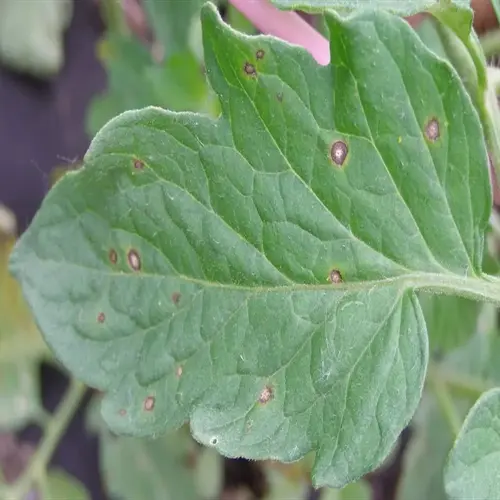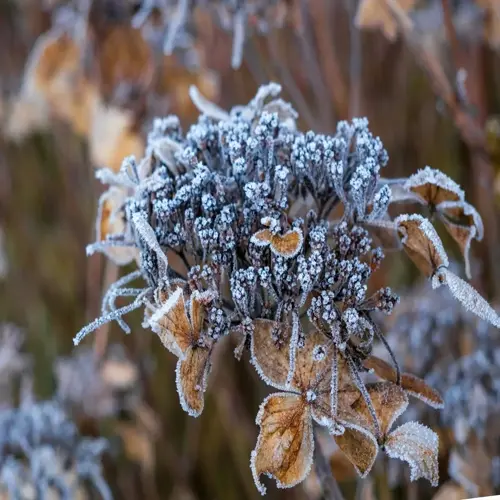Do grow lights significantly increase room temperature?

Written by
Nguyen Minh
Reviewed by
Prof. Samuel Fitzgerald, Ph.D.Increase room temperatures with grow lights very quickly without proper heat management. With uncontrolled heat, LEDs can raise temperatures 15-20°F higher than ambient temperatures. My first herb garden experienced heat stress before I figured out how to keep it cool. Understanding thermal dynamics is crucial for safeguarding structures and plants.
Heat generation is dependent on light technology and quality. In general, LEDs generate less heat than HIDs; however, active cooling will still be in effect. The fixture's design determines how efficiently heat may be dissipated from the fixture. Environmental factors amplify heat spikes. These factors dictate your cooling method.
Passive Cooling
- Aluminum heat sinks with 5+ fins
- 6-inch clearance around fixtures
- Reflective surfaces to redirect heat upward
- Thermal pads between diodes and frames
Active Cooling
- Oscillating fans below light fixtures
- Exhaust systems with temperature triggers
- Water-cooling loops for high-intensity setups
- Thermally controlled intake vents
Preventative Measures
- Thermal cutoff at 95°F (35°C)
- Infrared thermometers for canopy monitoring
- Automated shading during peak temperatures
- Scheduled cooldown periods daily
Monitor canopy temperatures rather than room air temperature. The leaf surfaces will be 5°-10°F warmer than the ambient air. Infrared thermometers provide accurate temperature readings of the canopy. For most plants, temperatures should be maintained below 85°F for the canopy. At higher temperatures, plants can be subjected to moisture stress and damage to their enzymes.
Use zone-specific cooling techniques, exhaust above the lamps to draw heat up, intake vents at the plant level for fresh air. Distinguish lighting circuits from climate controls. This was key in stabilizing my grow room.
Recognize heat stress symptoms early. Wilting occurs despite moist soil. Leaves develop brown, crispy edges. Flowers drop prematurely. Growth slows significantly. These signs demand immediate cooling interventions.
Read the full article: 10 Best Indoor Grow Lights for Healthy Plants

